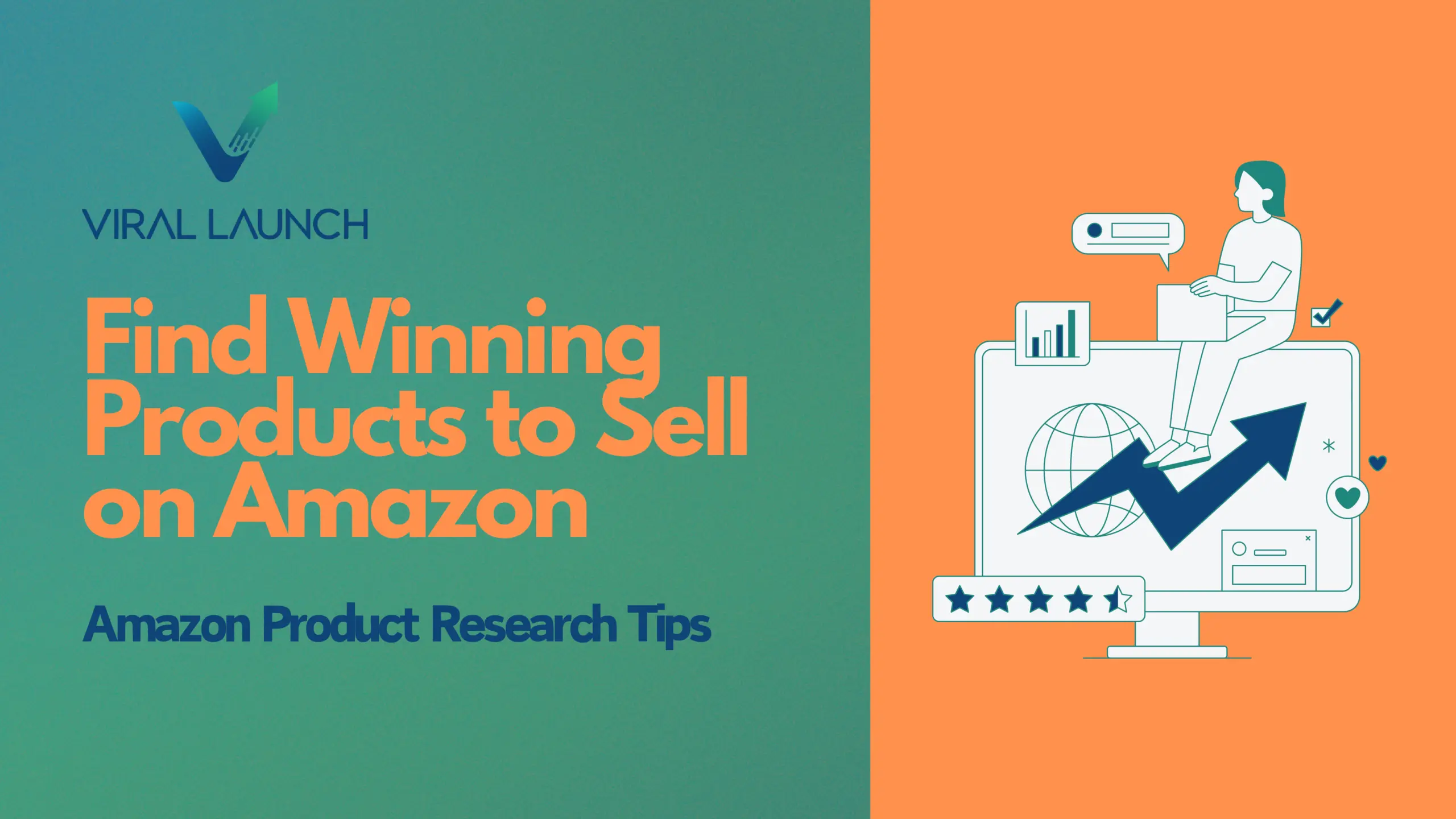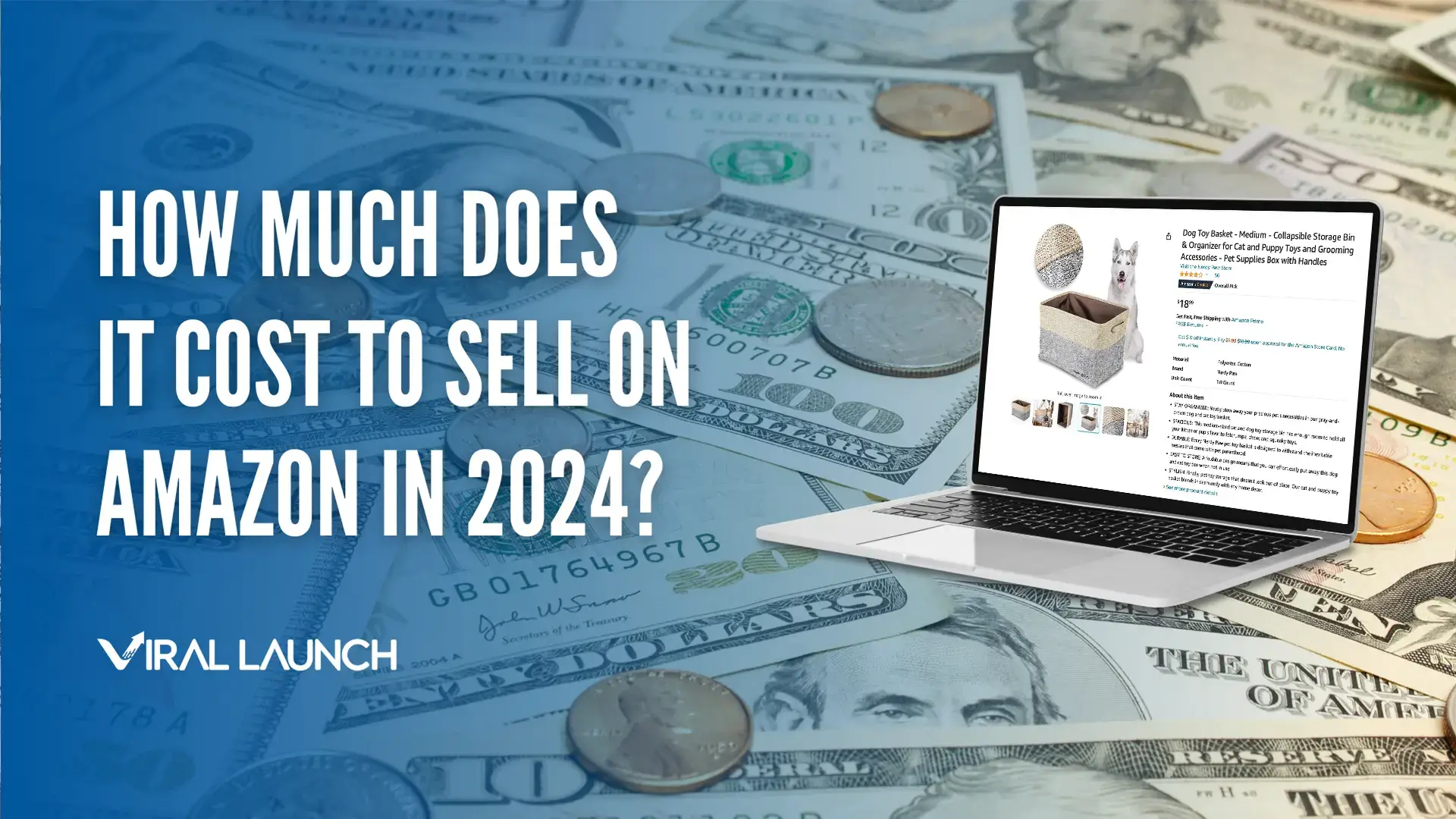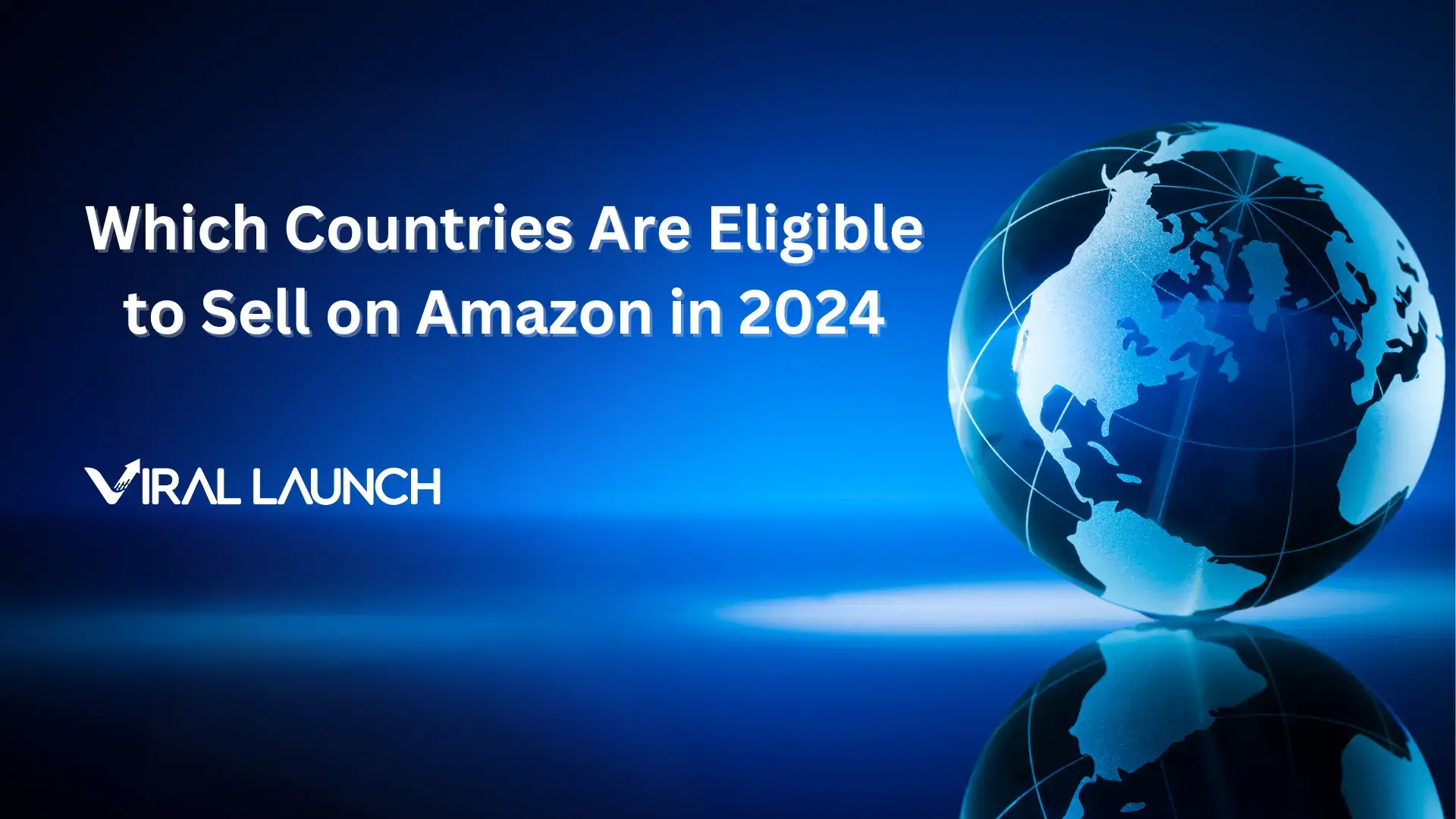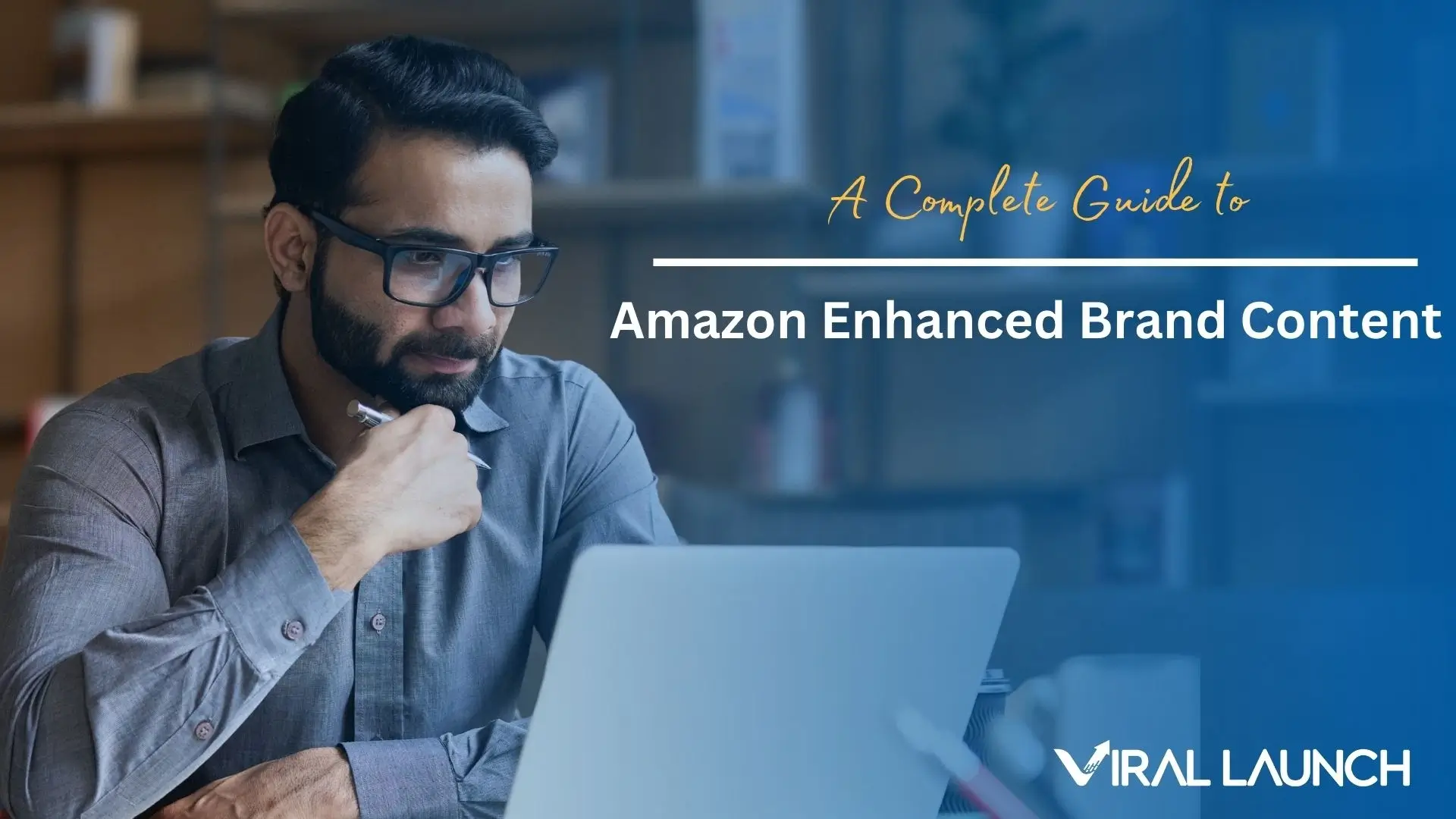After launching a new product and implementing strategies to generate reviews and early sales, in time, you will have established a great foundation for long-term product growth. At this point, it’s time to begin building on that foundation to achieve favorable keyword ranking and drive considerable sales growth. You can achieve this with an aggressive Amazon growth strategy.
Though you may have a mountain to climb to make your listing the ‘top dog’ in your category, the beginning of this journey is the slowest and most difficult part. Now that you’ve laid the groundwork for a successful product, it’s time to start implementing tactics to accelerate your momentum.
You still may have a ways to go before you can consider this product a success. However, after you’ve gathered some initial reviews and are driving some sales, that momentum can be utilized to continue growth with the following Amazon growth strategy tactics.
Price Testing
Establishing a low price is a great metric for generating sales in the early stages of a listing, providing a tangible value proposition to lure price-conscious buyers away from your competition. That said, while it’s critically important that you price appropriately for the market, you may have not started at a price which provides you with a healthy margin for profit.
Considering that Amazon is first and foremost a search engine for products, ensuring that you’re favorably ranked in search results should be your key objective. In order to rank well, you need to sell well. Keep this in mind when experimenting with price.
Assuming that you’ve gathered a reasonable base of reviews and that you’re consistently driving some sales, you may be able to experiment with different pricing options.
As you’re able to position your product more competitively in the market, the instinct may be to immediately raise your price to the ideal level. That said, your conversion rate may still be relatively price contingent, meaning that you can experience a steep drop-off in sales. Additionally, Amazon’s algorithms are typically not favorable towards dramatic price swings and a steep price increase can sometimes result in a loss of buy box control (even if you are the sole seller on the listing).
Instead, it’s recommended that you slowly step-up price over a longer duration while closely watching your performance and conversion metrics. The main priority is to retain forward momentum so if you start to see sales engagement decline as your price rises, you may consider reverting to a low price or experimenting with coupon offers as a means of maintaining your progress.
While you may have more flexibility in pricing as your listing matures, sales velocity and ranking should still be at the forefront of your mindset. Selling more units at a thinner margin should trump your price point in order to continue to establish your listing in the market. This is once again an instance in which you should be thinking about the long-term Amazon growth strategy for your product.
Aggressive PPC Tactics
Assuming you had established some advertising campaigns shortly after launching your product, you should now have a foundation of data from which to more aggressively pursue PPC. While the purpose of PPC in the early phases of your listing was to gain some visibility and give your product the opportunity to sell, as your Amazon product listing becomes more established, that growth strategy should begin to shift to more aggressive tactics centered around driving ranking.
The endgame of establishing and maintaining favorable SEO ranking is the listing’s ability to obtain a growing quantity of organic sales. Because of this, it’s important to review your campaigns in tandem with organic performance.
To provide some perspective, prior to e-commerce, if a brand wanted to advertise their product, they would purchase a tv/radio/print ad and develop a message to be distributed through the channel. In order to gauge the value of that investment, they would need to review sales data to see if there was a correlation between their advertising and an increase in sales.
When advertising on Amazon, you’re able to see an exact return on your advertising spend (ACoS). While this is a great metric to review, it’s easy to get fixated on this spend amount. If your ACoS is high, it’s an easy justification for ending your campaign. The problem is that ACoS doesn’t show you the full impact of your advertising efforts.
It’s also important (and contrary to Amazon’s position) to note that Amazon is not an adequate platform for driving brand awareness. Because PPC provides you with very limited creative capability, it’s exceptionally hard for a private label seller to establish an adequate brand voice. Some of this can be done through social media engagement and more traditional advertising tactics but your on-Amazon growth strategy should be focused on SEO and sales rather than trying to build a base of loyal customers.
At this stage in your product’s lifecycle, it’s important to begin to compile high performing keywords to focus ad spend on while simultaneously understanding the less tangible benefits of advertising. Attention should be placed on both maximizing profitable revenue from easy wins, and developing strategic tactics to advantageously position you across your entire market.
Manual Targeting
When spending on advertising, rather than thinking of it in the context of spending to increase sales, it can be valuable to understand it as buying data from Amazon. When you allow an advertising campaign to run, you’re able to collect a large amount of information about how shoppers perceive your listing. By using your advertising reports as a resource, you can better understand what keywords are most effectively luring buyers to your account and how to more efficiently direct your spend.
Assuming that you’ve been running automatic, discovery, and product targeting campaigns, you should progressively be collecting a large amount of data around your campaign performance. To access that data, you’ll want to download advertising reports from the Business Reports tab in your seller central account.
There are different types of reports which provide different information but one of the most valuable is the Search Term report for sponsored products. From this data, you can determine which keywords are driving sales and how effectively.
As you collect more data through the use of PPC, you should begin to isolate terms that convert well for your product. These terms can be the basis of developing effective and profitable campaigns. Essentially, if a keyword is consistently generating sales at a relatively low ACoS, there can be some assumption that it will continue to perform in that manner. It’s important to note that you’re still going to want to regularly review the data to ensure that it’s maintaining performance, but if keywords are consistently performing at a profitable ACoS, you can assume that they will continue to do so.
In these instances, breaking these keywords out of your automatic or discovery campaigns and placing them in their own manual targeting campaign with a dedicated budget can be advantageous. In this way, you can ensure that a dedicated budget is being implemented to drive a continuous return. Ideally, performance for the keyword will remain stable, meaning that you’re effectively putting one dollar in to get two dollars out.
If this trend continues and ACoS continues to be profitable, the next step is to simply ensure that the campaign isn’t running out of budget on a daily basis. If you’re running out of budget on a profitable campaign, it means that you’re missing the opportunity to maximize sales and revenue from it. That said, the number of impressions that your ad receives is contingent on how frequently a term is searched. For lower volume keywords, a term may only be searched a few times per day, meaning that your ad can generate profitable sales, but not at a high volume. Essentially, this means that there is a limit to how much you actually can spend when directly targeting a keyword, but assuming it’s profitable to do so, it’s advantageous to make sure you’re maximizing that potential.
Ideally, in time, more of your budget will be tied to singular high performing keywords, effectively playing to your strengths and driving a decent volume of profitable sales. As you drive more sales, your listing will continue to climb in ranking, accumulate reviews, and establish a extensive sales history. This may afford you opportunities to convert better and gain more relevance with higher volume search terms for which your product previously didn’t perform as well for. In other words, as your product receives more reviews and is better positioned in the market in terms of competitiveness, you may consider running advertising on higher volume and more competitive search terms.
Search Engine Optimization
The first benefit of advertising (beyond the direct sales driven through your ads) is that it contributes to Amazon SEO. Typically, and while sales obviously have a stronger impact, any engagement with a listing positively impacts keyword ranking. An accumulation of clicks, add-to-carts, and sales in time will help to drive your listing closer to the top of relevant search results. This is especially true when your ad is engaged with through a specific search term. However, Amazon keywords that get an excess number of clicks with few to no orders will likely result in negative rank movement. Simply spending hundreds of dollars inefficiently on a single keyword is not the magic bullet to rank improvements; you must convert for the term as well.
While it’s not advisable to spend money blindly on inefficient campaigns, when monitoring keyword ranking improvement and organic sales growth alongside campaign performance, you may find that there is a net benefit to a campaign with a higher ACoS. A keyword tracking tool such as Keyword Manager can be extremely helpful for monitoring ranking changes in correlation with ad spend.
Spending to Facilitate Organic Sales Growth
Along with driving organic ranking for your product, advertising spend can in-turn influence organic sales growth. This somewhat follows the logic of traditional (pre-Ecommerce) advertising.
While obviously, establishing better keyword ranking establishes better visibility in the market, which correlates to more organic sales, there is also the less calculable idea that running advertising increases your visibility with consumers. Because repetition influences mental processes, it’s possible that by running advertising, a shopper may overlook your paid ad spot but end up purchasing after viewing the organic listing. In this way, PPC can partially function similarly to a billboard.
Additionally, while this happens more heavily with higher cost products, it’s common for shoppers to browse and consider a purchase over a period of time. As a result, it’s possible that shoppers are viewing (and possibly clicking on) your ads without making a purchase at that time. At the point where a purchasing decision is made, it’s possible that they would click on your organically ranked listing and/or searched for your product directly.
Defensive Ad Spending
Particularly in instances where you’re performing well and/or have enough of a brand presence where people search directly for your brand or products, using ads as a defensive measure can be an effective way to maintain market share.
When a shopper is searching for a product, on any given page there is a limited number of ad spaces available. Though you may be in an advantageous organic positioning for some of these terms, aggressively advertising can be an effective way to suppress competition and ensure a better probability that your product is purchased. With this tactic, the focus may not be on profitable spending (particularly though the campaign performance itself) but rather as a method of affirming broad performance for your product by dominating the paid digital shelf space.
Especially in instances where you have several products that are relevant to a search term, defensive ad spend can help influence shopping decisions by establishing high visibility for your brand. By holding multiple ad spots within the search results, repetition can help to lure buyers into exploring your brand more thoroughly while simultaneously preventing others from gaining the same degree of visibility.
Conclusion
Putting in the effort to source a product strategically, thoroughly research the keyword market, and lay the foundation for sales and review generation should put you in a position to eventually reap the rewards of your hard work. With that context, at this stage in your listing’s life on Amazon, you can begin to shift your growth strategy to more aggressive tactics. By reviewing your performance and campaign data, you can begin to isolate profitable keywords which you can exploit in order to maximize profitable revenue while simultaneously looking at the total influence of PPC spend with relation to organic sales and ranking.
Using these tactics, you can begin to push your listing to visible and favorable ranking position, grow your organic sales potential, and attempt to minimize the visibility of your competition.
These Amazon growth strategy tactics will, in time, help to drive a listing from the back of the catalog to a major contender in the market. While this process can take time, money, and effort, this long-term strategic play will eventually help a listing to truly dominate the market.
By maintaining some aspects of the traditional school of thought on the benefits of advertising while also appreciating the depth of data that PPC provides, advertising on Amazon can provide you with a wealth of advantages in a congested market.







